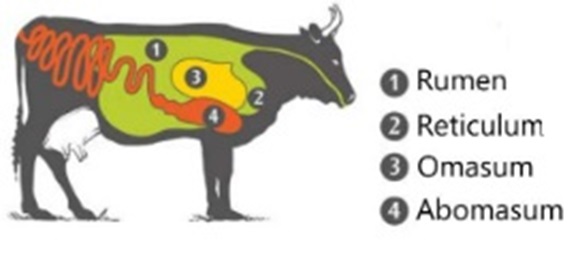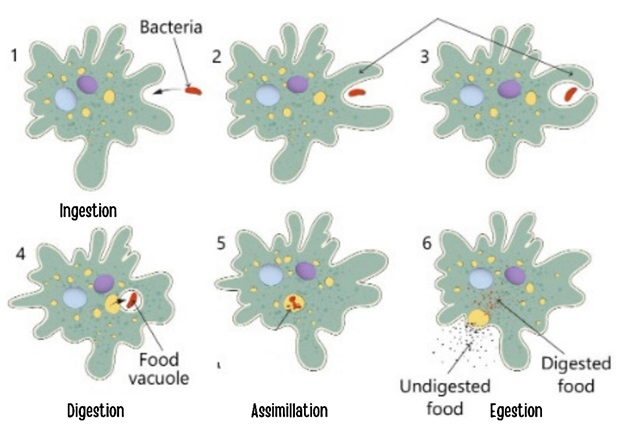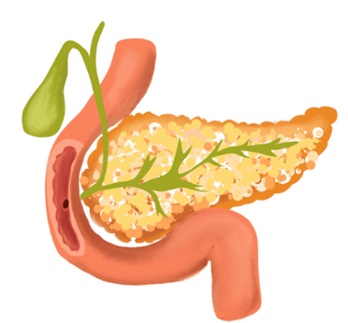Process of Digestion and Digestive Disorders
1) Why Does the Stomach in Ruminant Animals Have an Additional Chamber?
- Ruminants are herbivores that eat plants or plant parts.
- Their food is rich in cellulose, a type of carbohydrate.
- This cellulose takes a longer time to digest.
- Hence, ruminants have adapted to consuming this type of food by developing an additional chamber in the stomach.

2) What Is an Antacid? Give One Example. How Does It Help in Curing Acidity?
- An antacid is a preparation that is basic in nature and meant to counteract the action of excess acid produced in the stomach.
- ENO and Digene are examples of antacids.
- The action of an antacid neutralises the hydrochloric acid produced by the stomach.
3) Certain Bacteria in Our Alimentary Canal Are Good for Our Health. Explain How They Are Beneficial.
The bacteria found in our alimentary canal help in the following ways—
- They aid in the process of digestion by digesting dietary fibres and complex sugars.
- Also, bacteria produce certain enzymes that are good for our alimentary canal.

4) Amoeba Is a Protozoan. It Undergoes a Holozoic Mode of Nutrition Like Humans. Explain.
- Amoeba belongs to the group of Protozoa, which comprises animal-like microorganisms.
- It is a unicellular organism with a simple level of body organisation.
- The mode of nutrition constitutes ingestion, digestion, absorption, assimilation, and egestion. Collectively, it is called the holozoic mode of nutrition.
- In the case of amoeba, nutrition comprises the steps mentioned above and hence, is considered a holozoic mode of nutrition.

5) What Is Peristalsis? Explain Shortly.
- Peristalsis is an involuntary movement of the alimentary canal.
- Involuntary movements are those we cannot control, like peristalsis, the beating of our heart, etc.
- Peristalsis is the regular contraction and relaxation of muscles of the alimentary canal. It helps in the movement of food through the alimentary canal during the process of digestion.
6) Among the All Digestive Glands in humans, the Pancreas Is the Second-Largest Digestive Gland. How Does It Help in Controlling the Blood Sugar Level of Our Bodies?
- The pancreas plays a vital role in the digestion of fats and proteins by secreting enzymes required for their digestion.
- Apart from that, specific cells in the pancreas release the hormone called insulin.
- The secretion of insulin is triggered as soon as the blood sugar level rises so that insulin can act and bring back the blood sugar level to normal. Thus, the pancreas helps in maintaining the blood sugar level in our bodies.

CBSE Schools In Popular Cities
- CBSE Schools in Bangalore
- CBSE Schools in Mumbai
- CBSE Schools in Pune
- CBSE Schools in Hyderabad
- CBSE Schools in Chennai
- CBSE Schools in Gurgaon
- CBSE Schools in Kolkata
- CBSE Schools in Indore
- CBSE Schools in Sonipat
- CBSE Schools in Delhi
- CBSE Schools in Rohtak
- CBSE Schools in Bhopal
- CBSE Schools in Aurangabad
- CBSE Schools in Jabalpur
- CBSE Schools in Jaipur
- CBSE Schools in Jodhpur
- CBSE Schools in Nagpur
- CBSE Schools in Ahmednagar
- CBSE School In Tumkur











